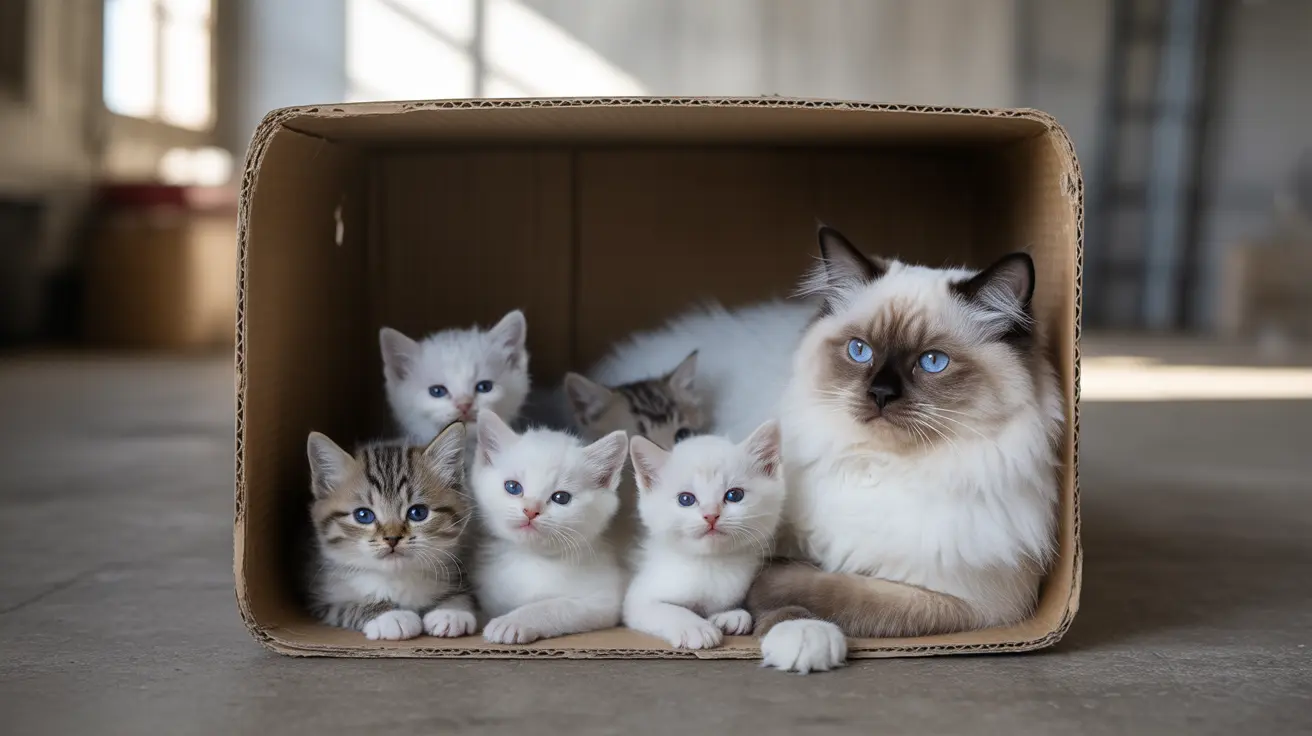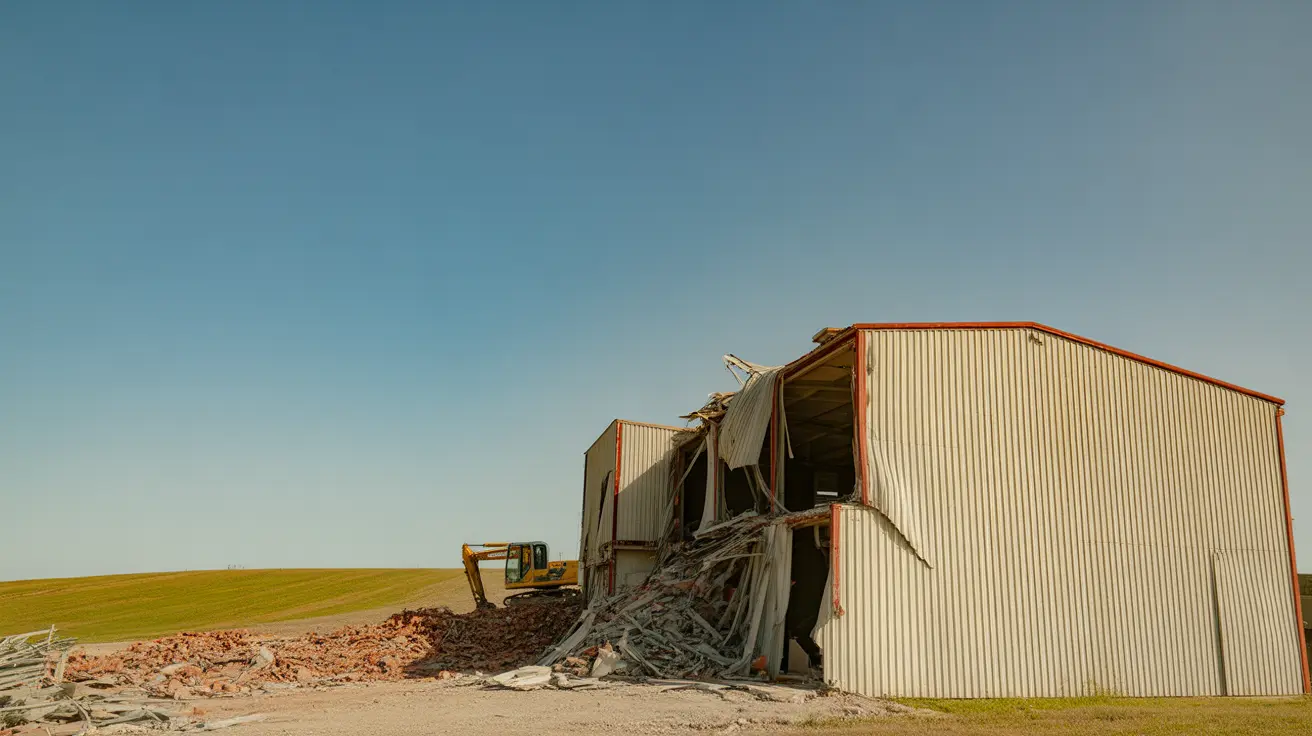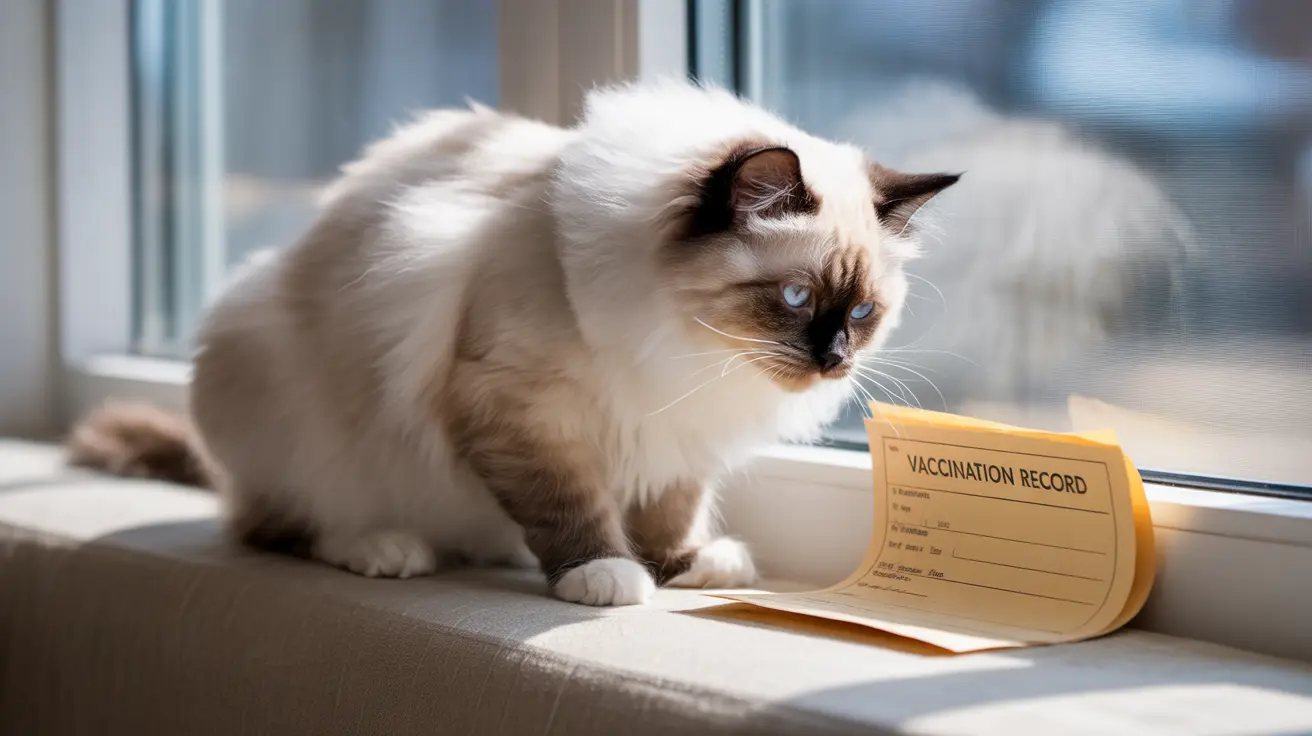Creating the Ultimate Garden Play Area for Dogs: A Complete Guide to Outdoor Fun and Stimulation
A well-designed garden play area for dogs transforms your outdoor space into an adventure playground that satisfies your pet's natural instincts while providing essential physical exercise and mental stimulation. Unlike indoor activities, garden play offers unlimited opportunities for scent-based exploration, energetic running games, and interactive challenges that keep dogs engaged and healthy. Whether you have a small backyard or sprawling garden space, creating dedicated play zones for your canine companion enhances their quality of life while strengthening your bond through shared outdoor activities.
The key to successful garden play lies in understanding that dogs thrive on variety and mental challenges just as much as physical exercise. By incorporating elements that encourage natural behaviors like sniffing, searching, chasing, and problem-solving, you create an environment that prevents boredom, reduces behavioral problems, and promotes overall well-being. A thoughtfully planned garden play area serves as your dog's personal adventure zone, providing year-round entertainment that adapts to different seasons, weather conditions, and your pet's changing needs as they age.
Essential Elements of a Stimulating Garden Play Area for Dogs
The foundation of any effective garden play area for dogs begins with understanding the core activities that provide both physical exercise and mental stimulation. Scent-based games form the cornerstone of outdoor entertainment, as dogs possess incredible olfactory abilities that crave regular engagement. Hide-and-seek games using natural garden features like bushes and trees create exciting exploration opportunities while encouraging your dog's natural searching instincts.
Interactive throwing games represent another crucial component of garden play, with frisbees and balls providing opportunities for fast running and active play that maintains cardiovascular health and muscle strength. The addition of water features, such as small paddling pools or plastic basins filled with shallow water, caters to water-loving dogs while offering cooling relief during warmer months. Safety considerations, including non-slip mats around water areas, ensure that enthusiasm doesn't compromise your pet's well-being.
Scent-Based Activities and Treasure Hunts
Scent-based activities harness your dog's most powerful sense while providing exceptional mental stimulation. Creating treasure hunts throughout your garden involves hiding treats in various locations, starting with easily accessible spots before progressing to more challenging hiding places. This progression helps build confidence while gradually increasing the difficulty level to maintain long-term interest.
The "Find It" game can be expanded beyond simple treat hiding by incorporating scented toys or specific items that your dog learns to identify and retrieve. Varying scents and gradually increasing difficulty keeps these activities engaging over time, while the use of positive reinforcement strengthens the learning process and builds enthusiasm for garden exploration.
Interactive Throwing and Chasing Games
Traditional games like fetch take on new dimensions in garden settings where space allows for varied throwing patterns and distances. Frisbee throwing improves your dog's agility and coordination while providing vigorous exercise that satisfies their chase instincts. The incorporation of tricks, such as jumping or catching at different heights, adds complexity and mental engagement to these physical activities.
The "fishing pole" game, created using a stick with cloth tied to string, provides exciting chase play that mimics prey behavior and satisfies hunting instincts. This DIY approach to interactive play demonstrates how simple materials can create engaging activities that rival expensive commercial toys in their effectiveness and appeal.
Safety Considerations and Garden Planning
Creating a safe garden play area for dogs requires careful attention to potential hazards that might not be immediately obvious. Plant selection becomes crucial, as many common garden plants can be toxic to dogs if ingested. Researching dog-safe plants and removing or relocating potentially harmful varieties prevents accidental poisoning during enthusiastic play sessions.
Secure fencing forms the foundation of garden safety, ensuring that excited dogs cannot escape during play while providing peace of mind for owners. The fencing should be appropriate for your dog's size and jumping ability, with particular attention paid to gap sizes that might allow smaller dogs to squeeze through or get stuck.
Training for Safe Garden Play
Teaching dogs to eat treats only when given permission serves as a crucial safety measure that extends beyond garden boundaries. This training prevents accidental ingestion of harmful substances both in your controlled garden environment and during walks or visits to unfamiliar outdoor spaces. The practice of controlled treat consumption also reinforces your role as pack leader while building impulse control that benefits all aspects of your dog's behavior.
Gradual training for following commands during sniffing and searching games ensures that excitement doesn't override obedience. Starting with basic commands like "stay" and "come" during low-intensity activities builds the foundation for maintaining control during more stimulating games and activities.
DIY Equipment and Creative Play Solutions
Building DIY agility equipment transforms your garden into a professional-quality training facility without the associated costs. Using household items like chairs, cushions, tunnels, and makeshift jumps creates obstacle courses that challenge your dog's problem-solving abilities while providing excellent physical exercise. The flexibility of DIY equipment allows for easy reconfiguration, preventing boredom through constant variety.
Scent training stations can be established using simple containers, muffin tins with tennis balls covering treats, or snuffle mats that encourage natural foraging behaviors. These mental stimulation tools require minimal investment while providing maximum engagement, making them ideal additions to any garden play area.
Water Play Features
Water features add an entirely new dimension to garden play, particularly during warmer months. Small paddling pools or plastic basins provide cooling relief while creating opportunities for water-based games like "fetch through the sprinkler" where toys are thrown through water streams for retrieval. The combination of physical activity with temperature regulation makes water play especially valuable during summer months.
Safety considerations around water features include ensuring non-slip surfaces and appropriate water depths for your dog's size and swimming ability. Even confident swimmers benefit from gradual introduction to water play, building comfort and confidence over time.
Seasonal Adaptations and Year-Round Engagement
Successful garden play areas adapt to seasonal changes, ensuring year-round entertainment regardless of weather conditions. Summer activities focus on cooling elements like shade features, water play, and early morning or evening play sessions that avoid peak heat. Winter adaptations might include snow-based games, protected play areas, and activities that generate warmth through movement.
Spring and autumn offer ideal conditions for more intensive activities, with comfortable temperatures supporting longer play sessions and more complex games. Seasonal variation in available plants and garden features provides natural variety that keeps dogs interested and engaged throughout the year.
Adapting for Different Dog Sizes and Energy Levels
Garden play areas must accommodate dogs of varying sizes, energy levels, and physical capabilities. Large, high-energy dogs benefit from expansive running games, challenging agility courses, and activities that provide substantial physical exercise. Smaller or older dogs might prefer gentler activities focused on mental stimulation, such as puzzle-solving games and shorter-distance fetch activities.
The beauty of garden play lies in its adaptability – the same space can host vigorous running games for energetic dogs and gentle exploration activities for seniors or dogs with physical limitations. Modifying activities based on individual needs ensures that every dog can enjoy garden play regardless of their specific circumstances.
Health and Behavioral Benefits
Regular garden play provides comprehensive health benefits that extend far beyond simple exercise. Physical benefits include maintaining healthy weight, building muscle strength, improving cardiovascular health, and supporting joint mobility. The varied terrain and activities in garden settings provide more comprehensive physical conditioning than repetitive indoor exercises.
Mental health benefits are equally significant, with outdoor play reducing anxiety, preventing destructive behaviors, and providing essential mental stimulation that indoor activities cannot fully replicate. The combination of physical exercise, mental challenges, and sensory engagement creates a well-rounded activity program that supports overall canine well-being.
The social benefits of garden play extend to the human-dog relationship, with shared outdoor activities strengthening bonds and improving communication. Dogs that receive adequate mental and physical stimulation through garden play typically exhibit better behavior, reduced anxiety, and greater responsiveness to training and commands.
Frequently Asked Questions
What size garden do I need to create an effective play area for my dog?
Even small gardens can accommodate effective play areas for dogs. The key is maximizing vertical space and using multi-functional equipment. Small spaces can support scent games, puzzle activities, and compact agility equipment, while larger gardens allow for running games and more elaborate obstacle courses. Focus on variety rather than size to create engaging experiences.
How often should I change the activities in my garden play area?
Rotating activities every 1-2 weeks prevents boredom and maintains engagement. You don't need to change everything at once – simply relocating hiding spots for treats, rearranging agility equipment, or introducing one new game while keeping familiar favorites creates sufficient variety to maintain interest.
Are there specific plants I should avoid in a dog play garden?
Yes, many common garden plants are toxic to dogs, including azaleas, rhododendrons, foxgloves, and certain bulbs like tulips and daffodils. Research dog-safe plants before planning your garden, and consider creating separate areas for ornamental plants that might pose risks. Always supervise dogs during garden play and train them not to eat plants or unfamiliar items.
How can I make garden play safe during different weather conditions?
Weather safety involves providing adequate shade during hot weather, ensuring good drainage to prevent slippery surfaces when wet, and checking equipment regularly for weather-related damage. During extreme temperatures, adjust activity intensity and duration accordingly. Provide fresh water access at all times and monitor your dog for signs of overheating or discomfort.
What equipment is essential for starting a garden play area?
Basic equipment includes sturdy toys for fetch and tug games, treat containers for hiding games, a water source, and simple DIY agility items like tunnels or jumps. A small paddling pool, non-slip mats, and basic training treats complete the essential kit. Start simple and add equipment based on your dog's preferences and responses to different activities.
How do I train my dog to follow commands during exciting garden play?
Start with basic obedience training in low-distraction environments before introducing commands during play. Use high-value treats and positive reinforcement, beginning with simple commands like "wait" before releasing toys or treats. Gradually increase the excitement level while maintaining command compliance, and always end training sessions on a positive note.
Can garden play areas work for multiple dogs with different energy levels?
Yes, by creating zones within your garden that cater to different energy levels and incorporating activities that can be scaled up or down in intensity. Separate play areas can accommodate different dogs simultaneously, while sequential play sessions allow each dog to enjoy activities suited to their individual needs and capabilities.
Conclusion
Creating a stimulating garden play area for dogs represents an investment in your pet's physical health, mental well-being, and overall happiness. By combining scent-based activities, interactive games, water features, and safety considerations, you develop a comprehensive outdoor environment that satisfies your dog's natural instincts while providing essential exercise and mental stimulation. The adaptability of garden play areas ensures that they remain engaging throughout your dog's life, accommodating changing needs, seasonal variations, and evolving interests.
The benefits extend beyond entertainment, contributing to better behavior, stronger human-dog bonds, and improved overall health outcomes. With careful planning, attention to safety, and creative use of available space, any garden can become a paradise for dogs that provides years of enjoyment and enrichment. Start with basic elements and gradually expand based on your dog's responses and preferences, creating a personalized play environment that reflects your pet's unique personality and needs.






